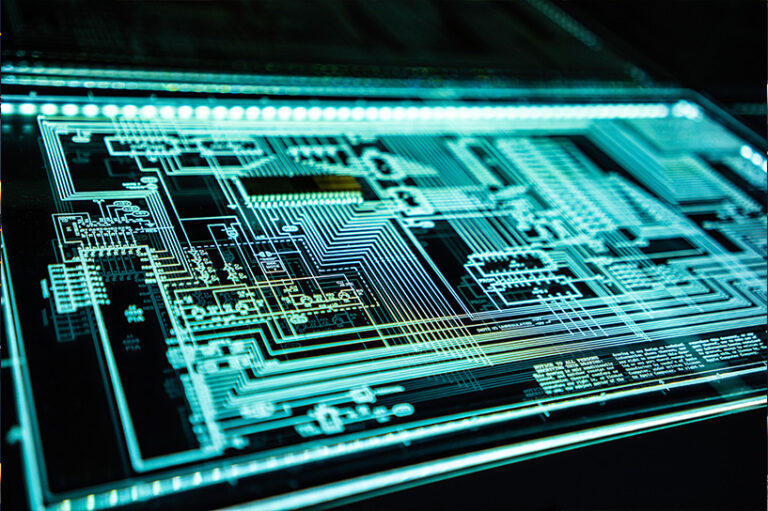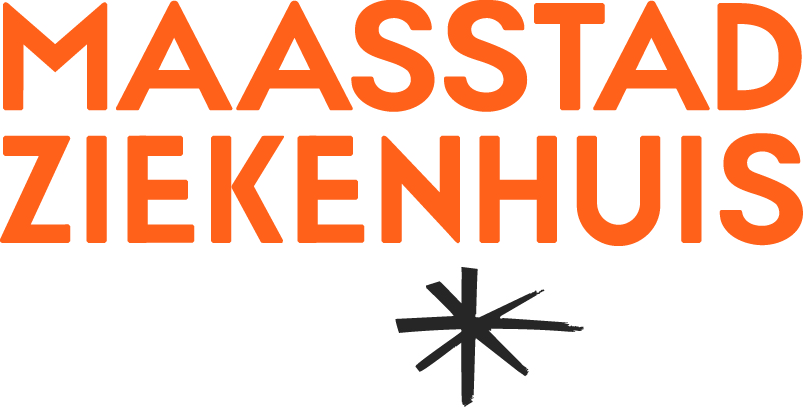High-tech companies strive for the highest possible uptime, need to be available at all times, and require first-class security to keep up with the often rapidly growing demand. At the same time, the very nature of these companies makes them a prime target for cybercriminals, not least because of the valuable intellectual property they possess. This means that they are bombarded on a daily basis with all kinds of attempts and tactics to digitally break in, whereby even minor server slowdowns and interruptions can damage reputations or significantly reduce revenue.


Firstly, because they have a higher risk appetite. This means that they are willing to accept more risk in order to realise greater profits and to grow faster. In addition, high tech companies operate as creators or early adopters of new technologies which are still in development and often not yet optimally protected. The open culture within and between these organisations also makes them an easier target. These companies usually make use of cloud software. A characteristic of this technology is that ransomware can spread rapidly to connected applications
and devices of infected users. In addition, high-speed data networks are frequently utilised, which offers cyber criminals the opportunity to obtain enormous amounts of data in a matter of minutes. These vulnerabilities pose a risk not only to the high-tech company itself, but also to partner organisations, as their technology is often a key part of the IT infrastructure of these partner organisations.
A cyber attack is a disaster for any organisation. The moment control of essential systems is taken over, this can have serious consequences for the continuity of the company. This can translate into commercial and reputational damage in the event of, for example, a data breach of sensitive customer or personal data. As mentioned earlier, intellectual property is the most important asset of high-tech organisations.
After years of investment, losing it can drastically reduce competitive advantage. Cybercrime therefore poses a very serious threat to the core of any high-tech business. The leakage of sensitive data relating to intellectual property can have a negative impact on any stakeholder, even the slightest data breach.
Especially for high-tech organisations, it is very important to monitor the network 24/7 and to know what is going on at all times. It is important to recognise anomalous traffic in time, in order to stop cybercriminals and protect your company. In this way, you increase your chances of preventing cyber attacks and protecting intellectual property, while real-time visibility ensures that you are always in control and understand network activity.
Prevention alone is no longer enough. Of all cybersecurity incidents, 75% are caused by risks created by < human error. Hurry or inattention can destroy training and good policies. In addition, risks are also created by vulnerabilities in own software or that of a supplier. Not implementing updates is disastrous in this respect. Measuring and knowing what is happening in your IT landscape is therefore indispensable, regardless of the preventative measures taken.
As soon as there are vulnerabilities in your system, there is a risk that hackers will succeed in their attempts to penetrate your system. It is therefore of great importance to detect these vulnerabilities immediately and to be ahead of hackers. SecureMe2’s Cyberalarm warns you when preventive measures fail. In addition, the network is continuously scanned for unusual activity, allowing a hacker to be traced at an early stage. Hackers need time to prepare an attack and are therefore already in your network before the extortion starts. With the right insights, this gives you time to cut them off.
“It works very well. For example, the system immediately detected a network printer that was approached from Ukraine via an open port. In retrospect, the impact was not that bad, but I would never have seen that without this solution.”

John - Teamlead
Learn more about the products & services delivered by SecureMe2
